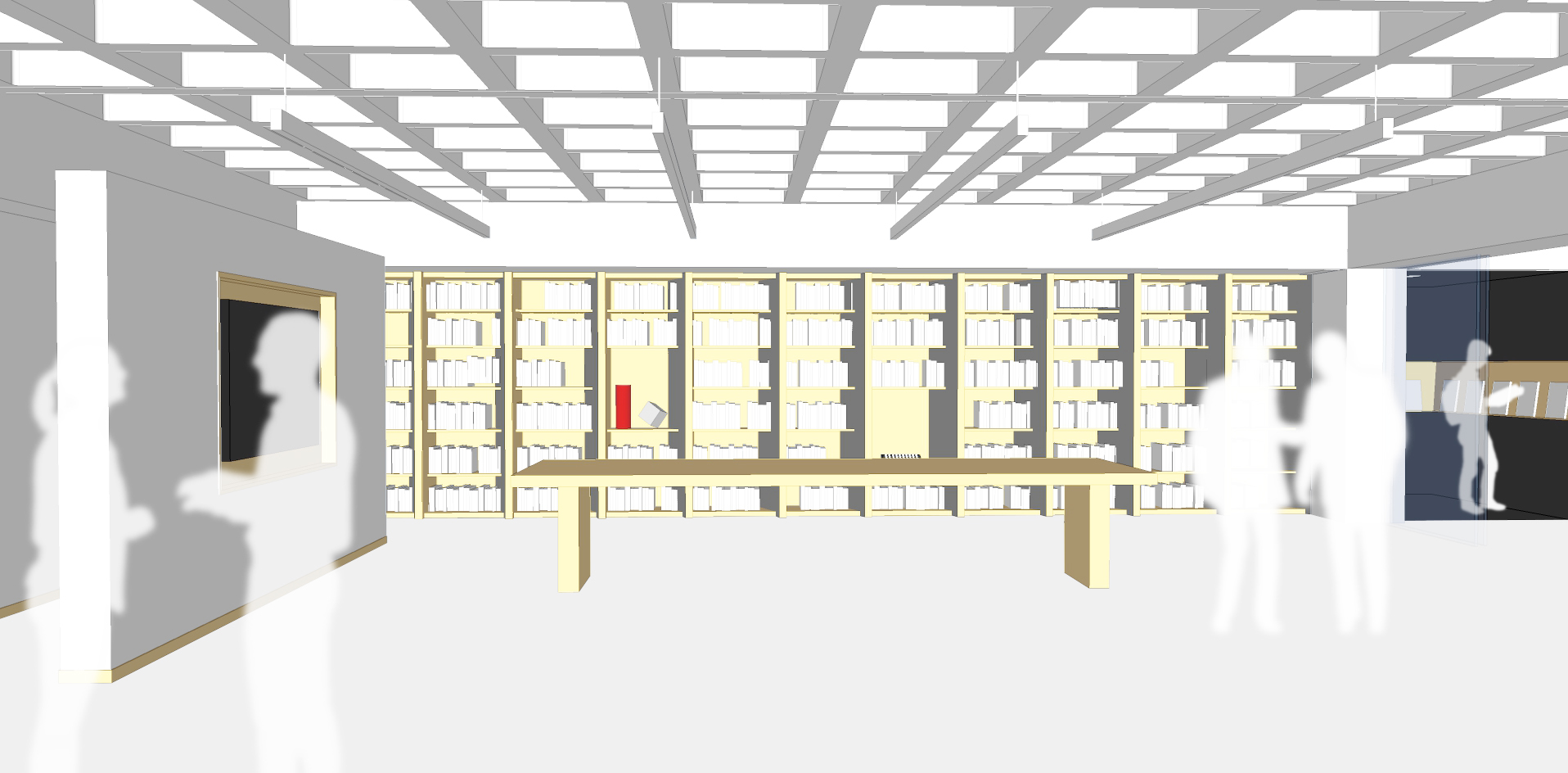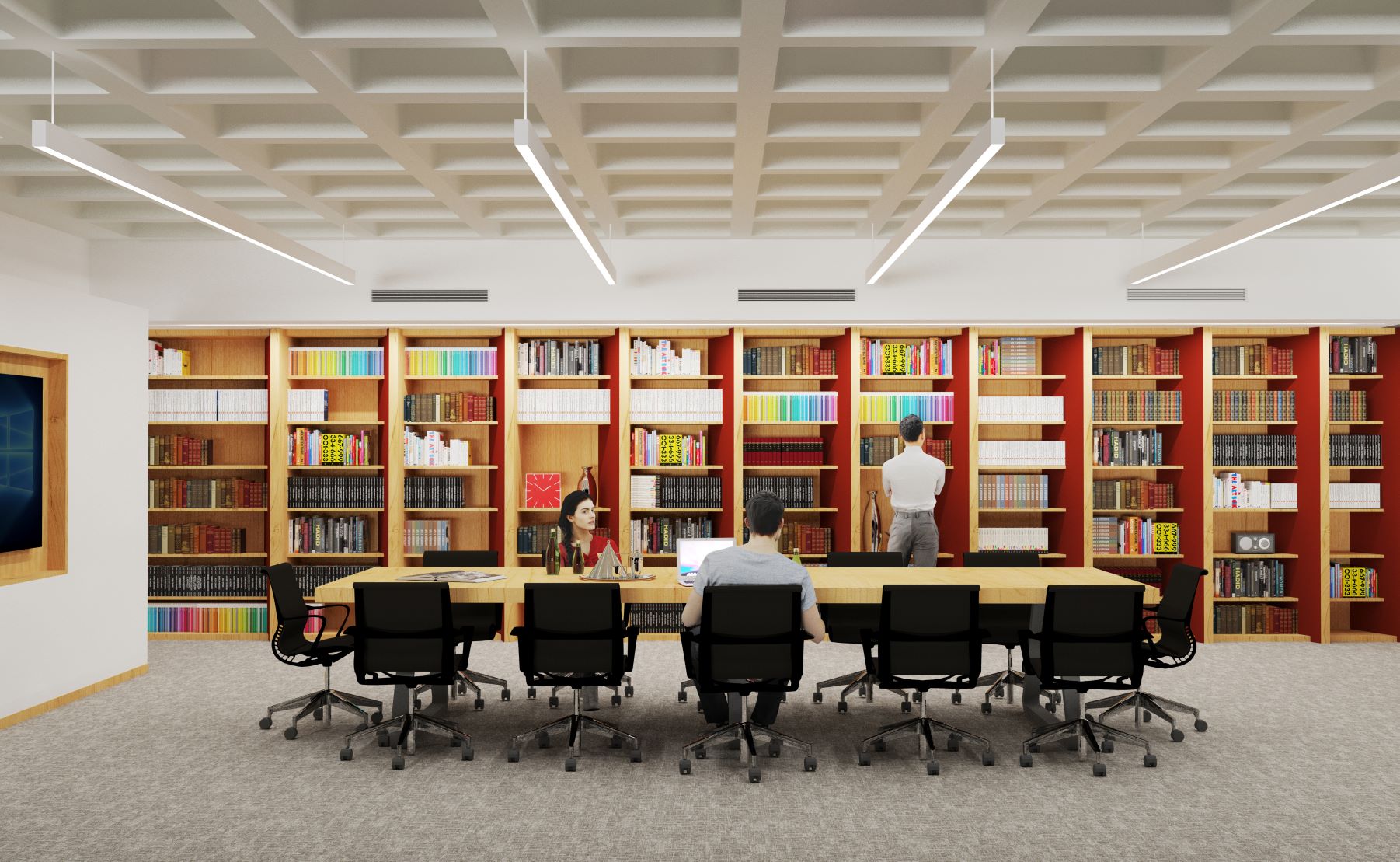MBBlog
The Right Tool for the Job
by Ayman Rouhani
As architects, the tools we use, both analog and digital, directly impact how we design and the way we communicate our design intentions. Up until the last few decades, architects relied solely on hand, eye, and physical tools as our means for thinking, designing, and communicating.
With the abundance of digital tools available now, it is critical that we choose the right tool at each step of the design process. Each tool has its inherent strengths and weaknesses. Having a strong understanding of the characteristics and capabilities of each software and means of designing is necessary for architects to choose the best possible tool to accomplish specific project goals. The most successful project workflows often involve switching between physical tools and multiple software depending on the phase of the project, the intended audience we are communicating to, and the task at hand.
Using a variety of tools, both analog and digital, allows us multiple opportunities to rethink the project, to further develop it, and to challenge assumptions that have been made earlier in the design process. We believe that each of our clients are able to understand design concepts in various ways, our job is to find the most effective medium to communicate ideas at each stage of the design process. As a result, at MBB we rely on a diverse set of tools at each phase of a project. We strive for an organic and diverse workflow that incorporates both digital and analog tools in order to maximize the full potential of any project.

An example of this type of project flow can be seen in the design process used for the Harry Frank Guggenheim Foundation offices. When discussing preliminary design options with our client early in the project, speed and efficiency of our design and communication method was critical. During this phase, we relied on hand drawings as our primary means of designing and our tool for communicating our design intent to the client. When the project was in its most malleable state, hand drawing allowed us to channel the creative process quickly and resourcefully.

As the project developed further, it was necessary to transition to digital software to explore the architecture in more detail. In this case, we chose a software that was quick and flexible to render a spatial image. This allowed us to further develop and explore design options, while giving our client a better sense of how their space could come together.

As we approached our final design for the project, we relied on powerful rendering software to develop photorealistic production renderings for our client. Creating these renderings required more time and attention to detail. At this point, decisions on materials and finishes were necessary to generate sophisticated visual graphics. This gave the client and ourselves the clearest understanding of the space, and allowed us to confirm design decisions before construction began.
What is critical now more than ever is not expertise in a single skill, tool, or software, but rather the ability to work between different modes throughout the life of a project. At MBB, we embrace the design process by assembling our project teams to maximize diversity, with team members representing different backgrounds and skillsets. This enables us to produce exceptional work at each phase of the design process, whether we’re hand sketching design ideas on paper, building physical models to explore design solutions, developing these designs further with 3D modeling software, or utilizing cutting edge rendering tools to create photorealistic graphics. We are constantly editing our repertoire of tools as we identify the best tool to design smart solutions for our client’s complicated problems. This often means finding a new tool or relying on a combination of tools to help solve our clients needs. MBB embraces the full breadth of tools at our disposal, constantly adjusting our workflow in order to best communicate with our clients and collaborators. This adaptability is fundamental in our pursuit of design excellence.